Nine Rare Natural Phenomena Worth Traveling For
You have to be in the right place at the right time to see these awe-inspiring events
/https://tf-cmsv2-smithsonianmag-media.s3.amazonaws.com/filer/aa/8e/aa8e465d-bb55-4292-baef-e88bdcf75b01/yosemite_firefall.jpg)
In mid-February, if conditions are utterly perfect—good light, plenty of water, clear skies—Yosemite National Park’s Horsetail Falls, for a moment just before sunset, can look like a cascade of glowing lava. This “firefall” phenomenon, originally forecasted for between February 13 and 27 this year, attracts thousands of gawpers and photographers to the eastern edge of El Capitan. Unfortunately, it seems this year will be a disappointment; a lack of rain means the fall has little to no water. But don’t despair. Here are eight other fleeting natural events for your bucket list.
Tucson's Queen of the Night
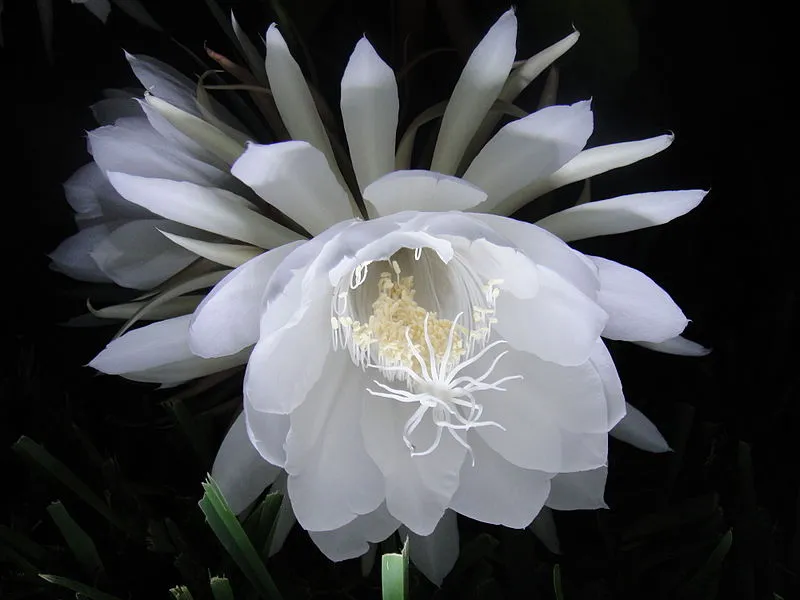
For 364 nights a year, the night-blooming cereus looks like a withered cactus. But for one magical summer evening, the plant bursts into vanilla-scented blooms as extravagant as wedding dresses. By morning the flowers have dried up, petals drifting to the desert floor. Catch the annual show at Tucson’s Tohono Chul botanical gardens, with the largest collection of night-blooming cereus in the world. But plan on being nearby until the “Queen of the Night” makes up her mind; the bloom can only be predicted on the day it happens. It's usually in June or July, and though scientists don't know exactly what causes the blooming, factors may include rain and the moon's cycle.
Colombia's Rainbow River
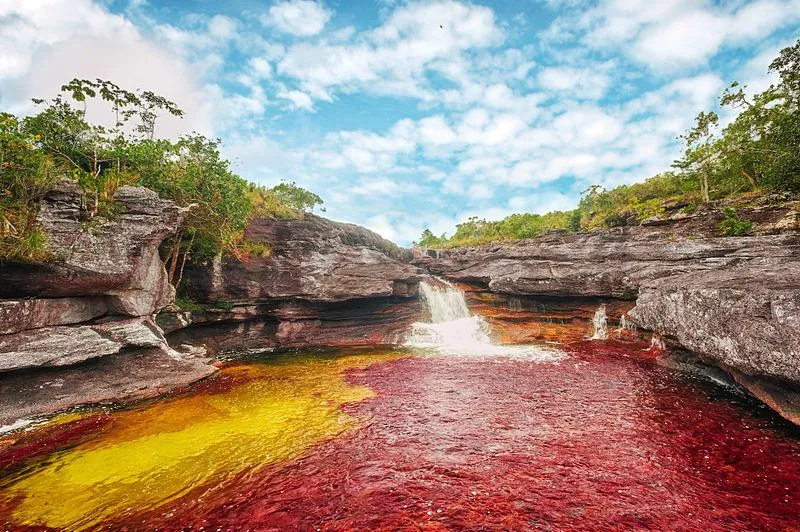
Each summer in Colombia’s remote Sierra de la Macarena National Park, the Caño Cristales river has an otherworldly transformation. An aquatic plant called Macarenia clavigera blooms crimson beneath the rushing waters, creating a “liquid rainbow” alongside the yellow sand, green algae-covered rocks and blue water. See the spectacle on a guided tour; only a few hundred visitors are allowed each day in order to keep the river pristine. The river runs colored from June through December, though it’s usually at its most brilliant in October.
South Korea’s Miracle Sea Road
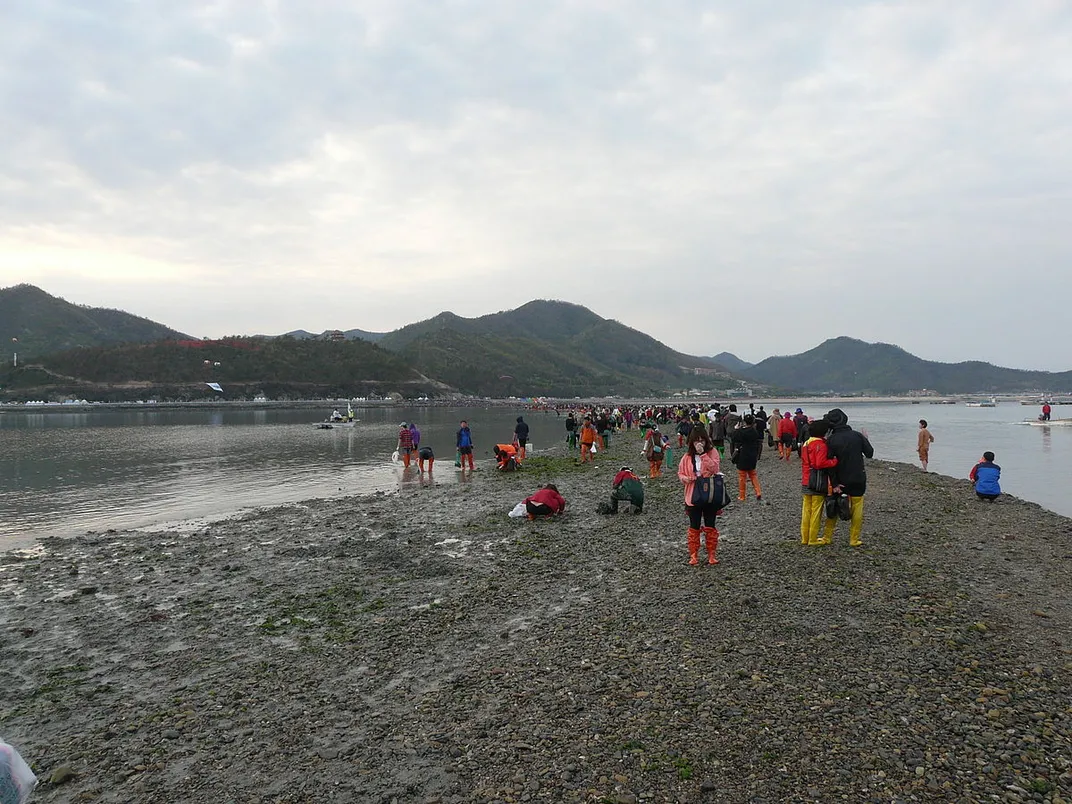
A few times a year, the forces behind the tides—the moon's cycle, the earth's rotation and movement—come into specific alignment, causing exceptionally low tides. In South Korea, these low tides cause a 1.7-mile path to emerge from the ocean floor between the islands of Jindo and Modo. Some half a million people show up for a locally organized festival surrounding the rare event, where they sip blood red local hongju liquor and watch the iconic Jindo breed of dog perform tricks. As soon as the road appears, revelers parade across the pebbly ridge en masse to gather clams and snap pictures on the smaller Modo Island. The parting happens two or three times a year from March through June; the festival is usually in April.
Christmas Island’s Crab Migration
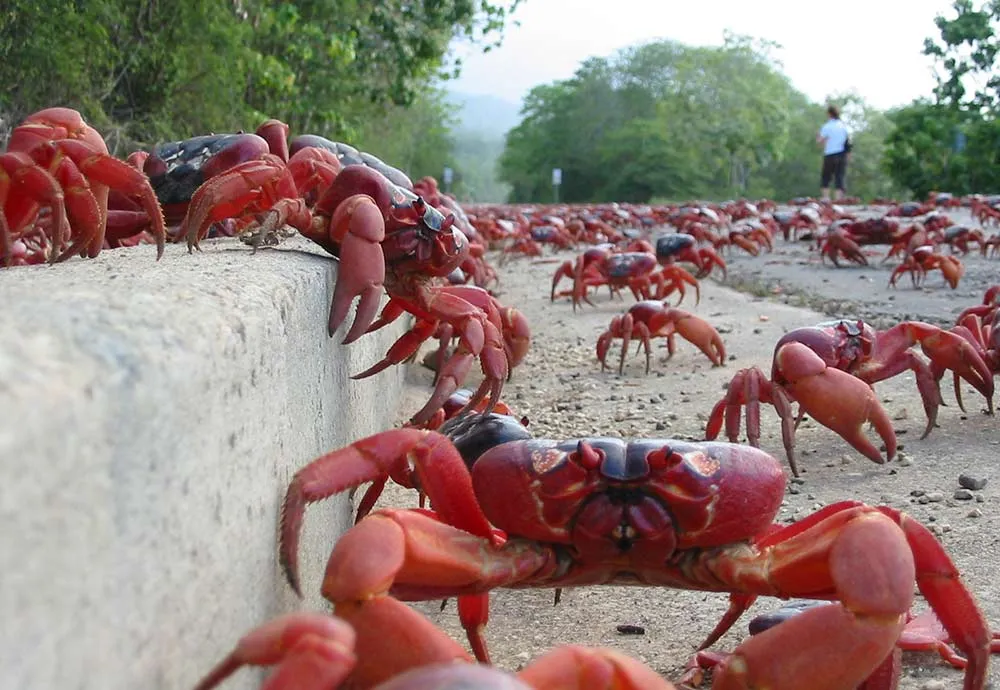
Each wet season in the Australian territory of Christmas Island, tens of millions of red crabs emerge from the forests to breed on the beaches. The entire island is blanketed in scarlet, the air filled with the scuttling of claws on asphalt. It’s spectacular, but not for those with kabourophobia (fear of crabs).
The migration begins with the first rains in late fall or early winter. Christmas Island's tourism website lists possible spawning dates in advance; migration occurs four to five weeks earlier, triggered by rain. It also lists travel agents who can help arrange tours, which depart from Perth, Jakarta or Kuala Lumpur.
British Columbia's Spotted Lake
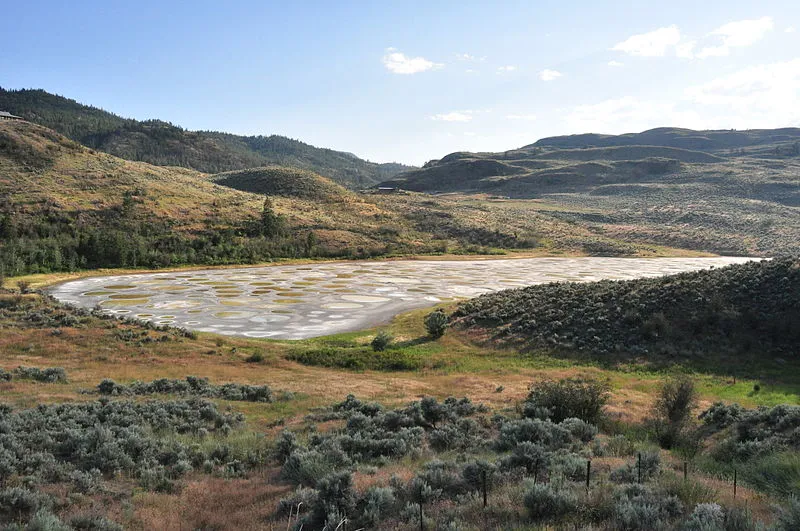
When July brings dry heat to British Columbia’s Okanagan and Similkameen valleys, a curious sight appears. Spotted Lake—known as ‘Kliluk’ by the Okanagan First Nations people who own this land—is the polka-dotted result of seasonal evaporation. When the lake recedes in summer, it leaves behind isolated mini ponds of mineral-rich water. Depending on mineral type and concentration, the pools range from mustard yellow to milky jade to sapphire to deep navy. To visit, you need permission from the Okanagan Nation Alliance and to make an offering—usually sage, tobacco or pennies—to the lake itself as a sign of respect. Otherwise you can view the colorful spots from a view point along Highway 3.
San Diego's Glowing Tide
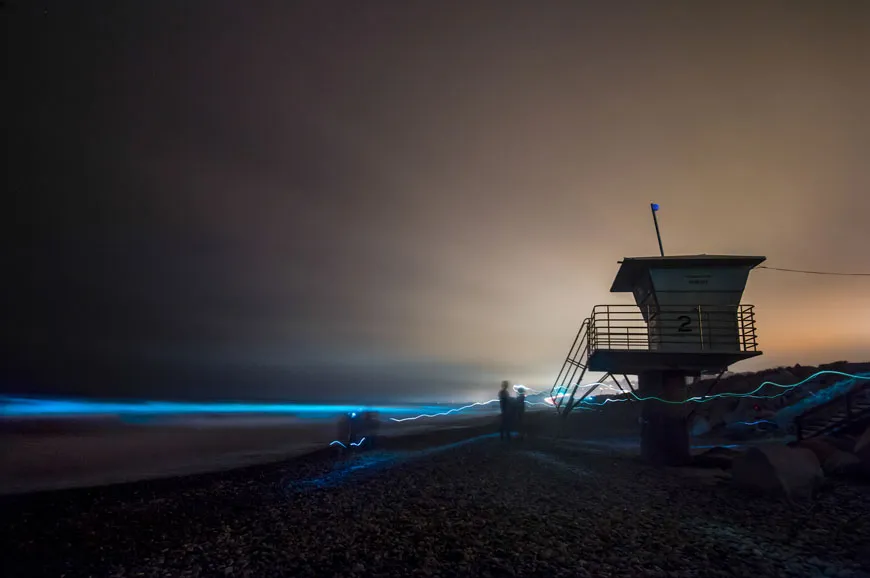
Every few years a bit of magic touches the San Diego shores. Millions of phytoplankton turn the waves a glowing blue at night, a phenomenon called bioluminescence. The phytoplankton, called dinoflagellates, look red in daylight, which is why when they appear in mass it’s called a "red tide." Scientists don't know exactly what causes red tides, though factors like ocean salinity and wind are thought to play a part. The dinoflagellates' nighttime glow is the result of a defense mechanism; glowing when an organism tries to eat them attracts even bigger creatures to come chase the predators away. The red tides are highly unpredictable—they happened in 2019 and 2018, but before that not since 2013—so keep on alert for news of the spectacle.
Canada's Capelin Roll
Each year around the summer solstice (June 20th this year), the beaches of Newfoundland and Labrador explode in silvery sparkles as millions of capelin fish arrive in the shallows to spawn. It’s called the “capelin roll,” and it’s a beloved event for townsfolk and tourists alike. Wade into the waters with a net to catch the tiny fish, then gobble them up fried, smoked, salted or pickled. If you’re lucky, you’ll spot a few humpback whales, who drool over capelin as much as humans.
Upstate New York's Ice Volcano
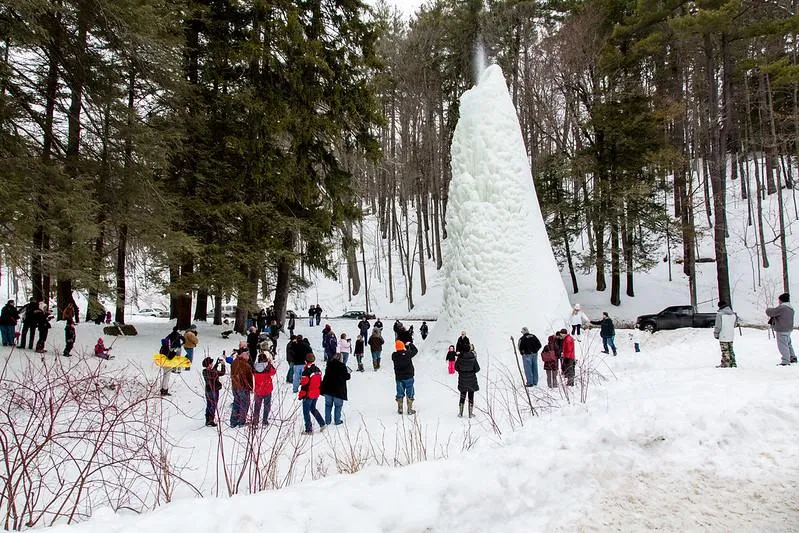
From December through February, the temperature rarely rises above freezing in New York’s Letchworth State Park, sometimes called the “Grand Canyon of the East” for its scenic gorges. During these frigid months, a strange sight appears on the grounds of the park’s Glen Iris Inn. The water from a natural spring-fed fountain, which shoots in the air year-round, begins to freeze mid-flight, creating a steep “ice volcano” that grows larger and larger as winter wears on. During especially cold years it can grow as tall as 50 feet!
/https://tf-cmsv2-smithsonianmag-media.s3.amazonaws.com/accounts/headshot/matchar.png)


/https://tf-cmsv2-smithsonianmag-media.s3.amazonaws.com/accounts/headshot/matchar.png)